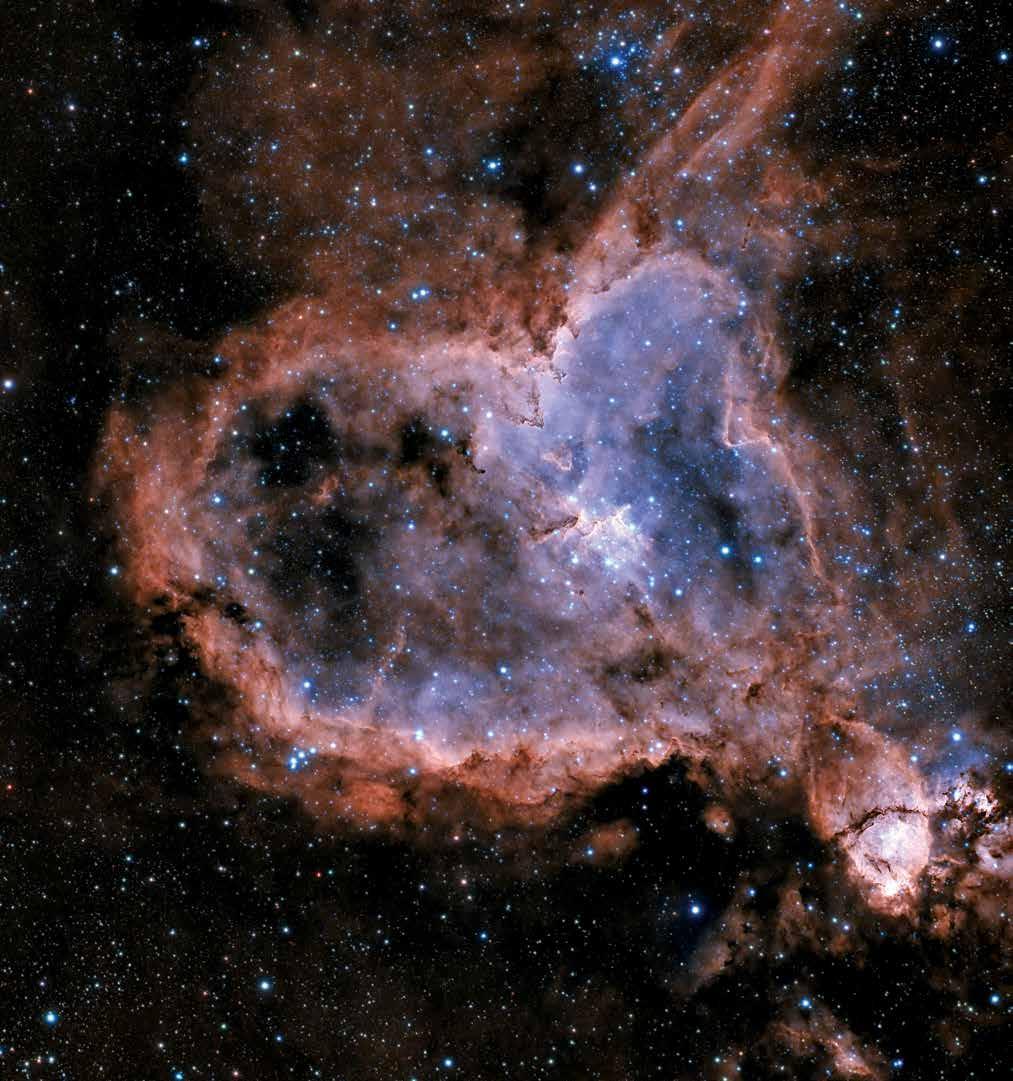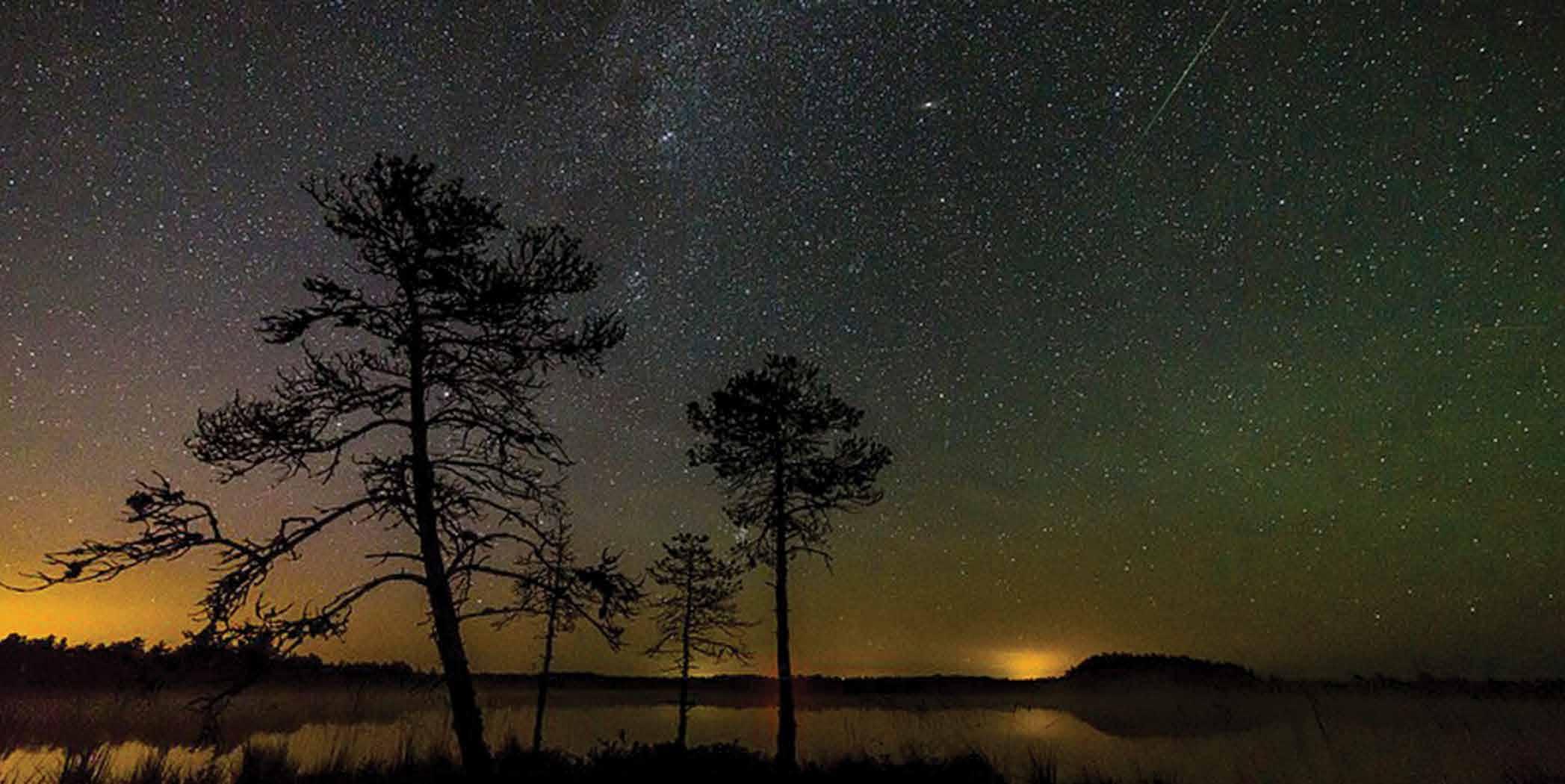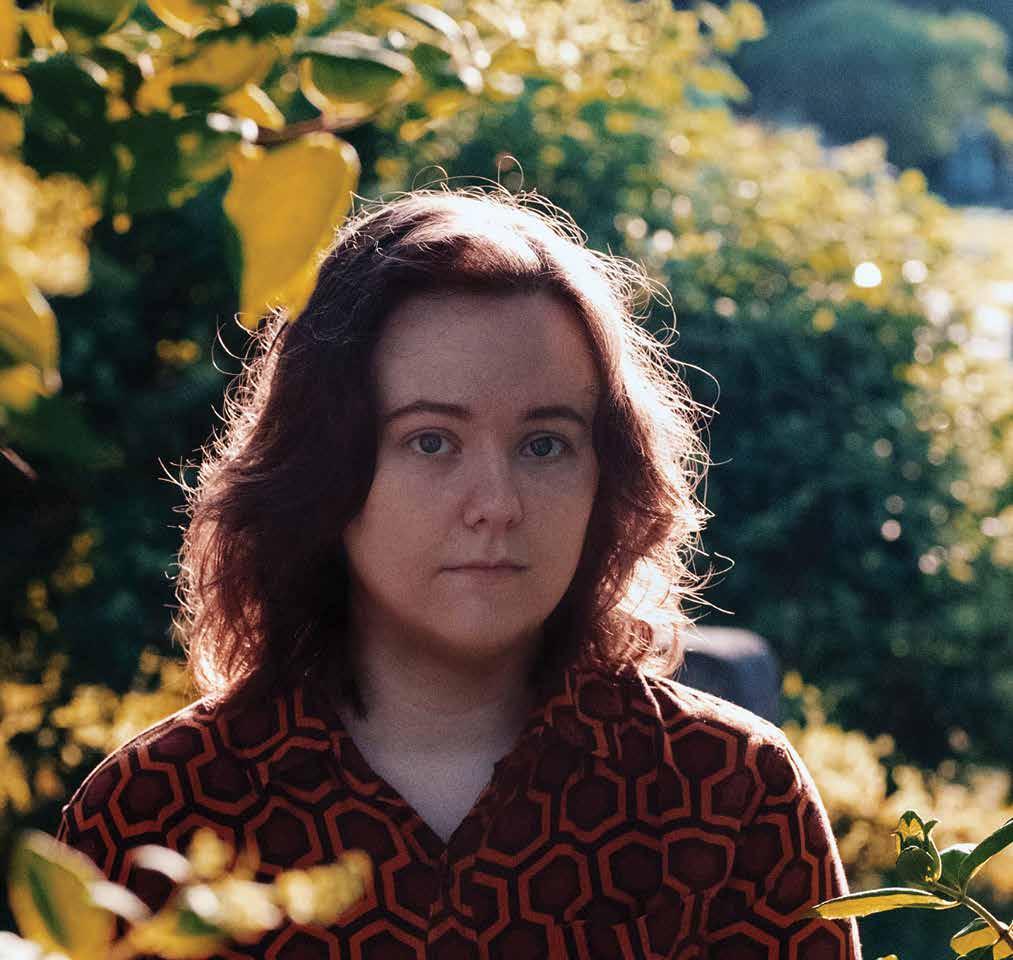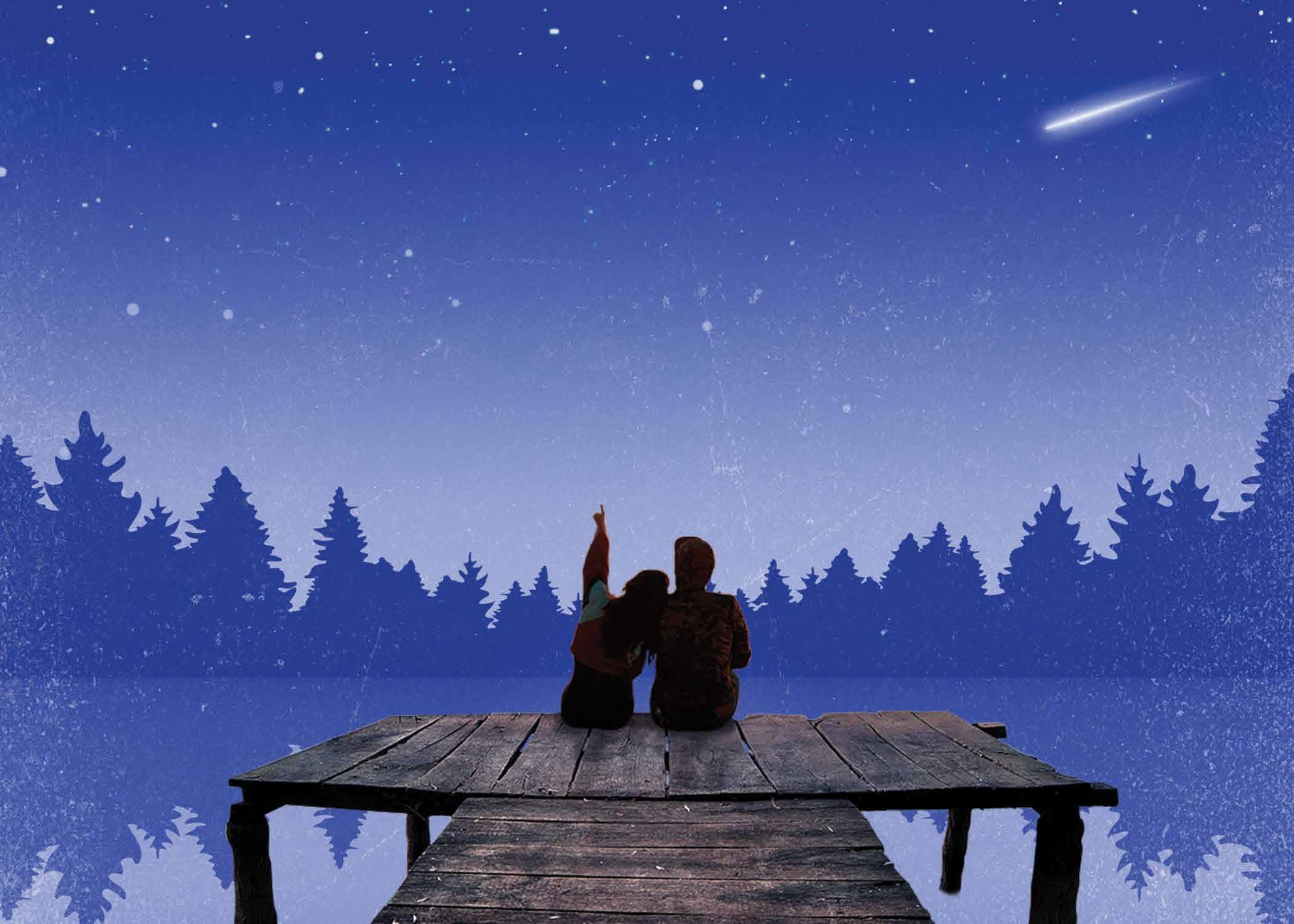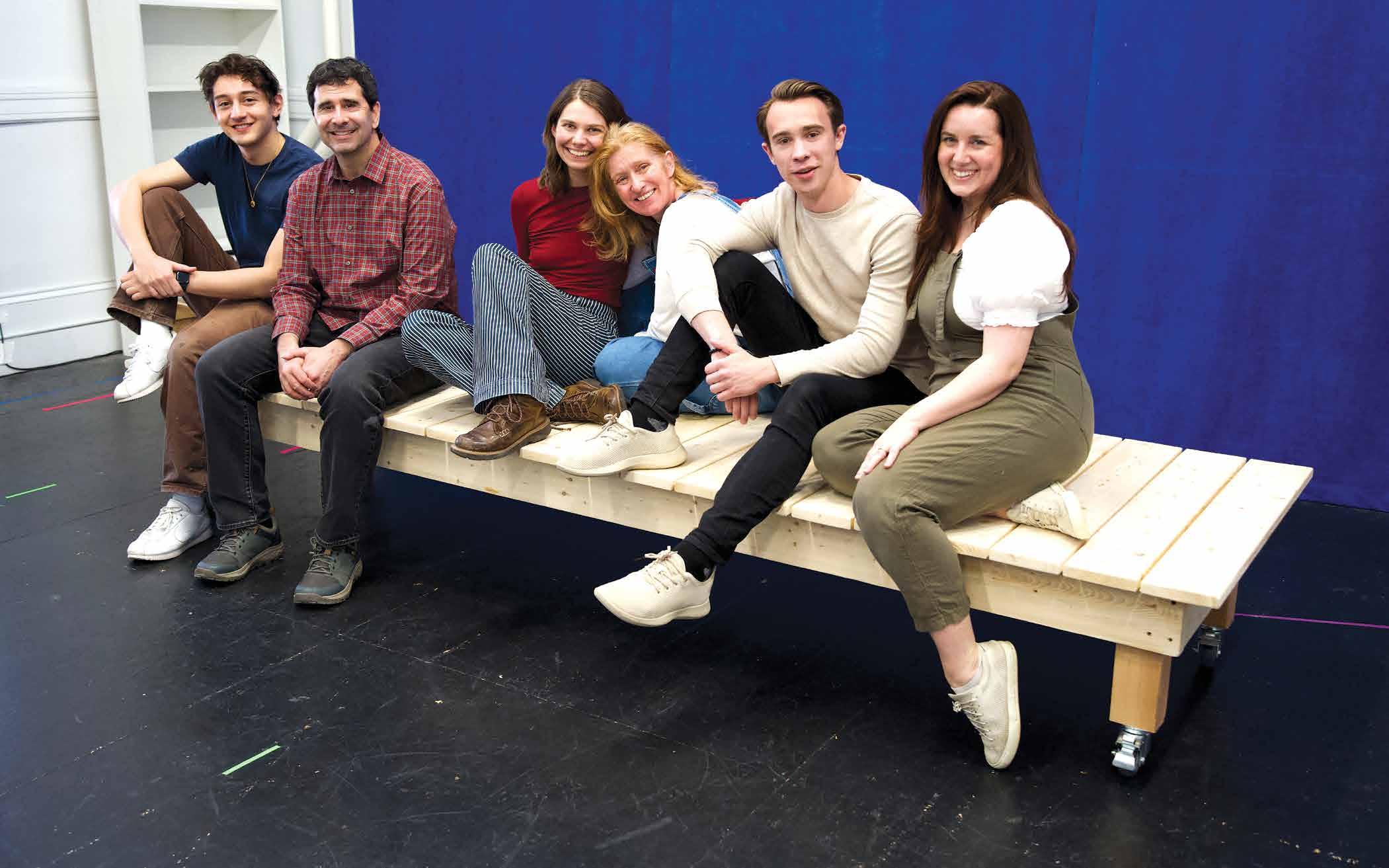
5 minute read
Indigenous Stewardship in Maine
by Larsen Nichols
In an early draft of Not Quite Almost, Teddy mentioned the Mi’kmaq people, and when Shay asked who he meant, Teddy replied, “The people who were here first.” This moment subtly underscored a deeper truth that often goes unacknowledged: long before any of the characters we see in Not Quite Almost inhabited Maine, Indigenous peoples like the Abenaki, Mi'kmaq, Maliseet, Passamaquoddy, and Penobscot had been stewarding the land with care and respect for thousands of years prior. When European colonizers arrived in Maine, the Indigenous population was decimated, and their connection to the land severed as land rights were increasingly stripped away. Today, as the impact of climate change and global warming become more and more pressing, looking to Indigenous wisdom offers us a path to healing. By turning to the wisdom of those who have cared for this land for millennia, we can find ways to restore balance and work together to maintain and restore Maine’s natural beauty.
The definition of Indigenous Stewardship Methods, according to the US Department of Agriculture (USDA)’s Natural Resources Conservation Service, is “the ecologically sustainable use of natural resources within their capacity to sustain natural processes, while honoring the wisdom of past generations, and ensuring that the use does not diminish the potential to meet the needs and aspirations of future generations.” In other words, it is the process of building on generational wisdom to use our resources sustainably, so that generations to come are provided for. The practice of prescribed burns, or the use of controlled fires to burn grasslands to ensure the sustainability of the ecosystem, is a chief example of Indigenous Stewardship Methods. While there has been an increase in documentation in recent years of Indigenous Stewardship Methods, it’s important to highlight that this information is traditionally orally transmitted between generations of people, and Indigenous languages often articulate values that are sometimes hard to translate into English.
A key facet of Indigenous Stewardship Methods detailed in the USDA’s guidebook is that “everything is connected: living and non-living things, air, land, water, animals, plants, humans, our ancestors and the future generations, things we cannot see and things we can see, spirits and the creator, the way we act and the way we treat the earth and other human beings.” In western science, taught in most public schools in the US, there is emphasis on division and categorization: biotic versus abiotic, plant versus animal, amphibian versus mammal. While scientific concepts like ecosystems teach the interconnection of living things, many are brought up learning to divide and categorize what we see around us in the natural world. What’s more, our society teaches us that as human beings, we are more valuable than “lesser” beings like plants. Along with other factors like technology and urbanization, these divisions and hierarchies contribute to a feeling of separation from the natural world.
However, Indigenous concepts of connectivity show a different way of relating to our environment. We can see this connectivity in action in the context of farming and agriculture. Hopi farmer Stewart Koyiyumptewa, who farms in the Hopi village of Hotevilla in northern Arizona, says, “It is not the farmer alone who grows the plant. It is the wind and animals that help to pollinate; the sun that gives warmth for growth; the rain that gives moisture for growth; and the farmer’s and people’s heartfelt prayers for just enough food to survive. It is all things.” While western science doesn’t consider rain or wind as being “alive,” these parts of our ecosystems are essential to maintaining balance, and just as important as living beings like humans and animals. Recognizing that these parts of our ecosystem are interconnected promotes a better understanding of and connection to the earth, and is important in understanding initiatives like Water Rights Advocacy, which advocates for the protection of crucial water sources, and Land Back Initiatives, which advocate for public lands once stewarded by Indigenous people to be returned to and protected by these communities. These movements are crucial to the health of our earth and the health of Indigenous communities across North America.
Another important concept in Indigenous Stewardship is recognizing that land belongs to no one. Donald Soctomah, Maine’s Passamaquoddy tribe’s historic preservation officer, says, “Nobody ‘owns’ land. Instead, we have a sacred duty to protect it.” While land can be bought and sold according to the legal systems in place in the United States, contracts such as these really only allow a person to borrow land for a period of time. After we are gone and these intangible contracts are void, this land will continue to belong to itself. But what if we reframe our thinking, and commit to having an active relationship with the land? Indigenous Stewardship Methods teach that we have a responsibility to take care of this land like it takes care of us. This idea can lead us to a practice of reciprocity—giving back to the land as much as it gives to us, so we may be able to provide for ourselves and future generations.
The effects of colonization and US legislation have led to the loss of nearly 90 million acres, or 99 percent, of the land that Indigenous peoples once stewarded in what is now the United States. This dispossession has resulted in significant environmental damage. However, in recent decades, Land Back Initiatives have successfully returned some of this land to Indigenous stewardship. While justice is nowhere near achieved, the impact of Indigenous stewardship has become clear through a variety of studies. A 2008 report by Dr. Claudia Sobrevila, an environmental specialist at the World Bank, noted that although Indigenous people make up just 4 percent of the world’s population, they control or influence the management of 17 percent of the planet’s land, which is home to 80 percent of its terrestrial biodiversity—biodiversity that is crucial to the health of the planet and human well-being. This statistic is just one of many that demonstrates the wealth of knowledge that Indigenous communities bring to land management and stewardship.
Additionally, the UN’s Global Assessment Report on Biodiversity and Ecosystem Services found that harmful environmental impacts are less severe or entirely avoided in areas managed by Indigenous peoples and local communities. As efforts to combat climate change intensify, conservationists have increasingly recognized the importance of Indigenous knowledge and leadership in protecting the environment. Despite this, Indigenous voices remain significantly underrepresented in scientific fields and unable to steward lands they once held. There is still much work to be done to return these land holdings and ensure Indigenous peoples are fully integrated into global environmental efforts.
Not Quite Almost expresses a love and reverence for the Maine’s lands that calls into conversation the Indigenous peoples who first inhabited and cared for that land. Through the principles of Indigenous Stewardship Methods, we are reminded of the deep interconnectedness of all life—humans, plants, animals, and the very land itself. Concepts like reciprocity and connectivity urge us to recognize our responsibility in nurturing the Earth, not just as individuals, but as part of a broader, sustainable relationship. While the loss of land and the continued effects of colonization have deeply impacted Indigenous communities, Land Back Initiatives offer a path toward healing, restoring balance, and fostering environmental resilience. The average person can contribute by listening to Indigenous voices, learning from their wisdom, and applying the principles of stewardship in their own lives—whether it’s through sustainable practices, advocating for environmental justice, or simply acknowledging that, as Teddy once said in Not Quite Almost, “they were here first.”


